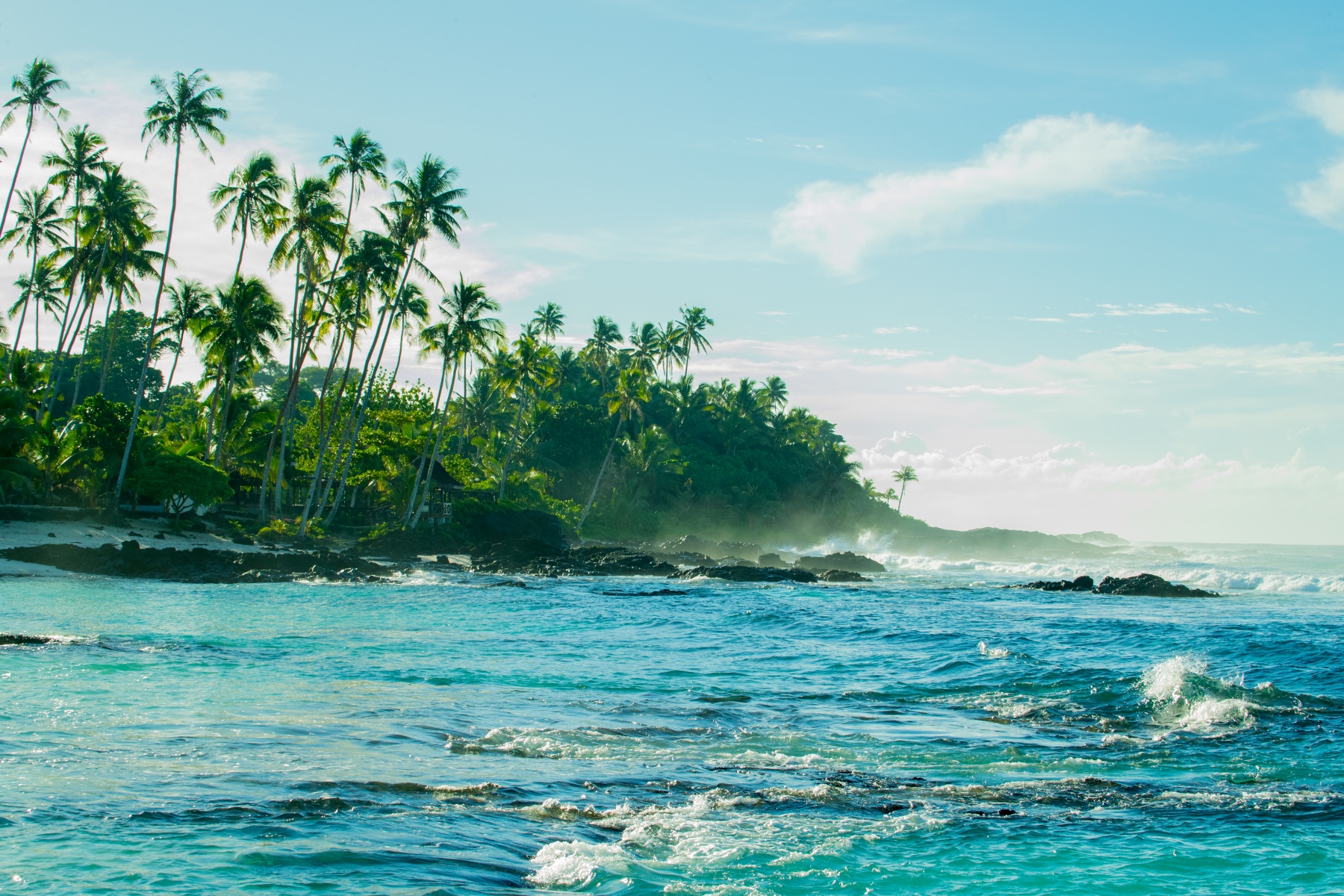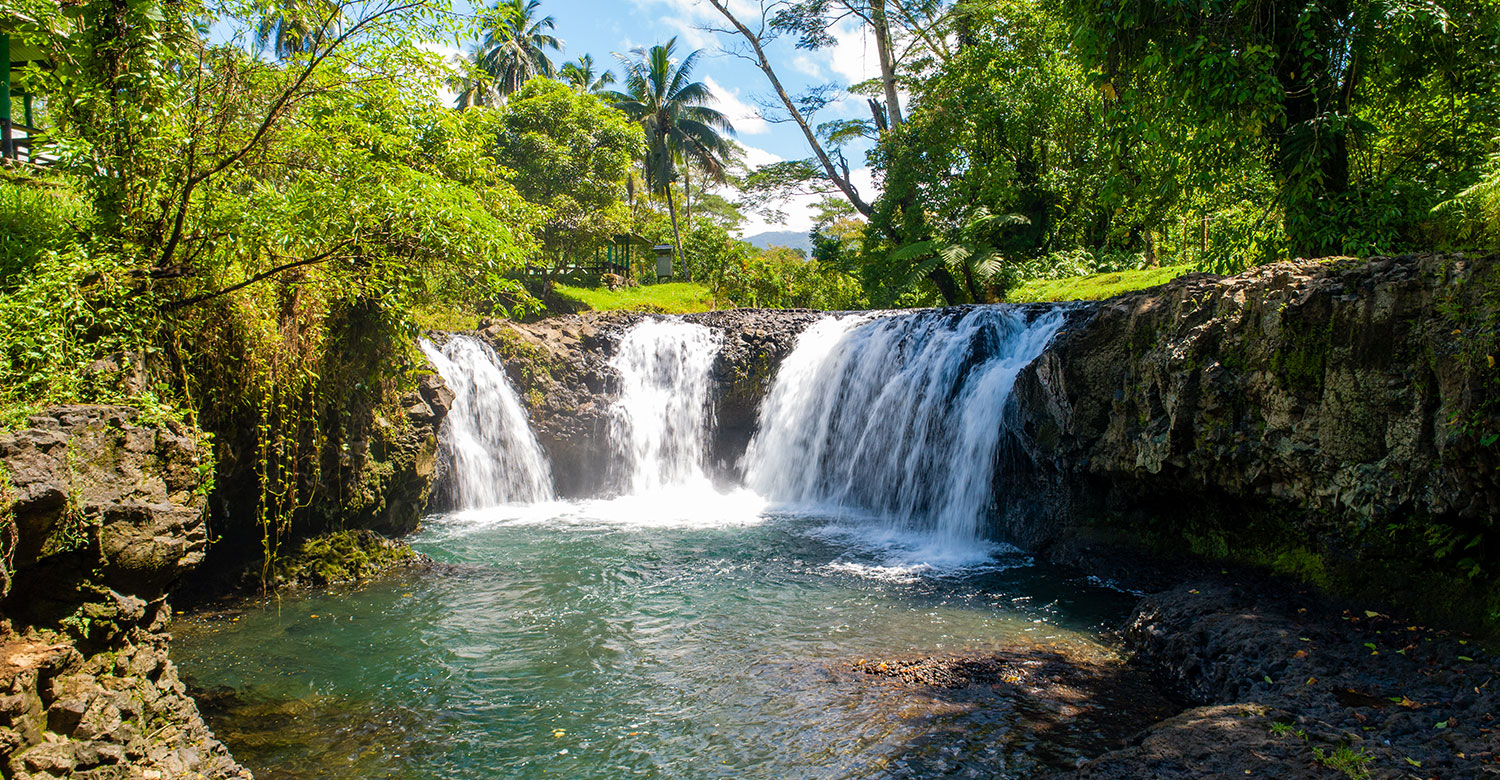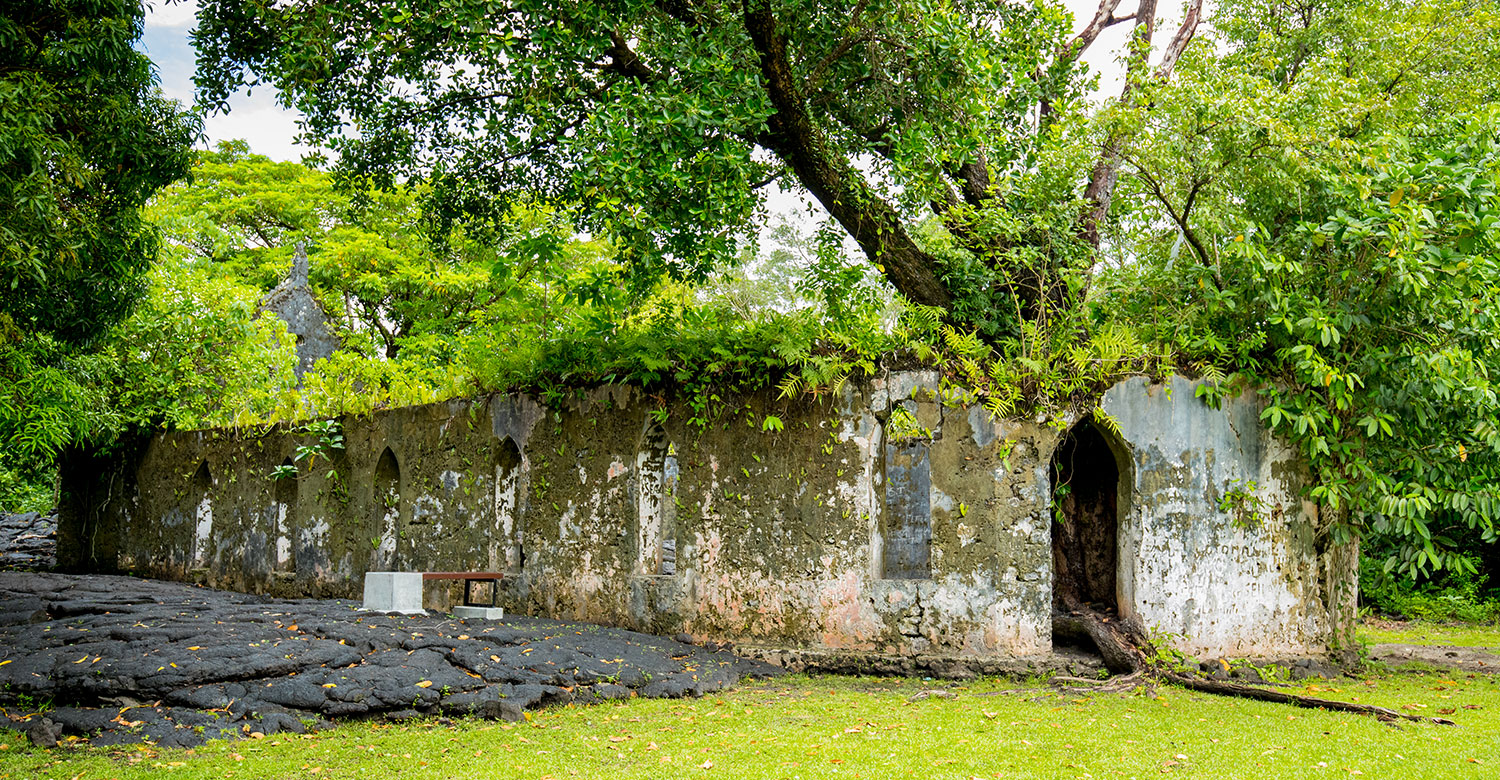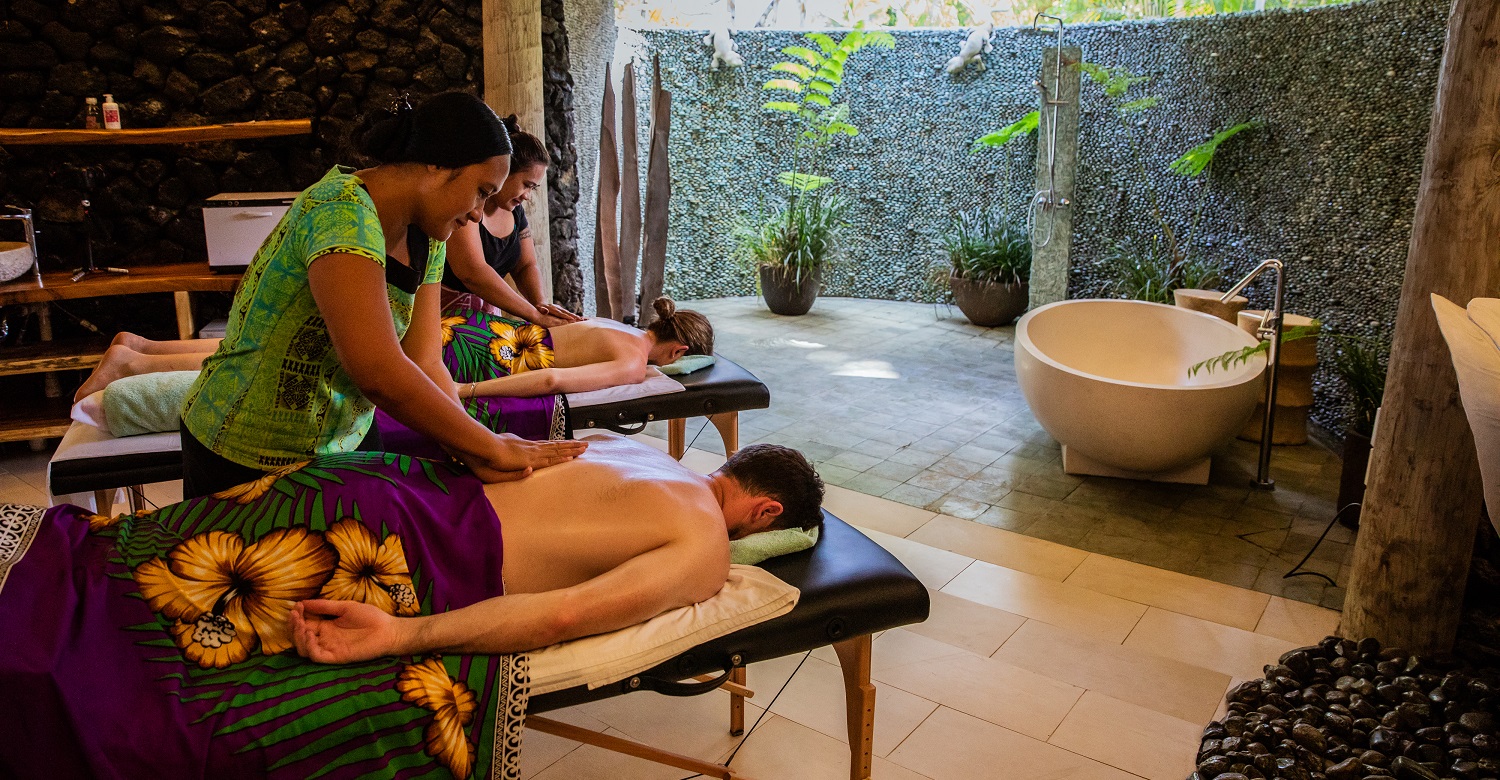10 Fun Facts About Samoa to Bring to Your Trip

Posted by on 14 Oct 2022
Situated off the central coast of the South Pacific Ocean, Samoa is a small island country with lush greenery, palm-fringed shores, and spectacular waterfalls. But besides being a tropical haven, this unique island paradise is laid out with fun and interesting facts about its diverse culture.
Find out below the fun facts about Samoa for your next island getaway.
10 Unique Facts About Samoa That You Should Know
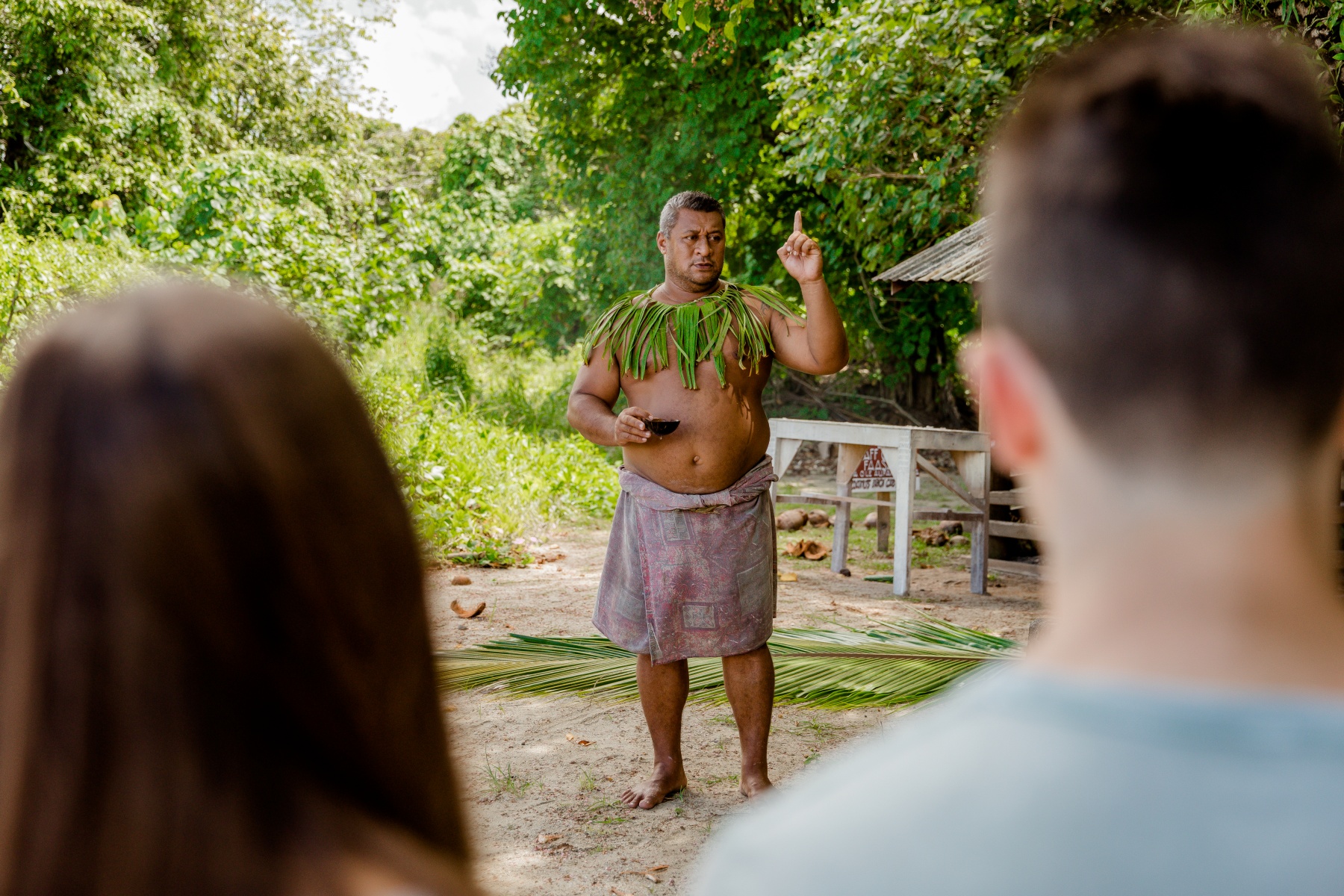
Before exploring this island paradise, here are some interesting facts about Samoa to help make your adventure even more exciting.
Samoa’s name has different meanings
Samoa is 24 hours ahead of its closest neighbour, American Samoa
Late Scottish novelist Robert Louis Stevenson was buried at Mount Vaea
Hollywood actor Dwayne “The Rock” Johnson is half-Samoan
The traditional waist-to-knee tattoo in Samoa is a rite of passage for men
Feminine men in Samoa are called Fa’afafine
Samoan men are responsible for home cooking
Traditional Samoan houses have thatched roofs but no walls
Fruits & vegetables play a big role in Samoan cuisine
Samoans have their version of cricket, known as Kilikiti
Experts have debated the meaning behind Samoa’s name. Some claim that “sa” means “sacred” and “moa” connotes “centre.” In turn, the name Samoa could translate to “Holy Centre.”
Meanwhile, others have said Samoa could mean “place of the sacred moa bird,” a phrase derived from Polynesian mythology. But the name may have another meaning rooted in the Proto-Polynesian era.
A probable reconstruction has “sa’a” as the first syllable, which could connote “tribe” or “people,” and “moa” at the end, connoting “deep sea” or “ocean.” Put these two words together, and Samoa would mean “people of the sea.”
One of the most interesting fun facts about American Samoa is that it’s 24 hours behind Samoa.
Back in 2011, Samoa celebrated New Year’s Eve earlier as it went to the west side of the International Date Line. This change made the country jump one day ahead, skipping December 30 entirely.
.jpg)
You can’t help but fall in love with the exotic beauty of Samoa after setting foot on its islands. Someone else who felt the same way is the late Scottish novelist Robert Louis Stevenson.
The esteemed author loved the place so much that he settled in a beautiful mansion at the foot of Mount Vaea, now called the Robert Louis Stevenson Museum.
In 1890, he was diagnosed with tuberculosis, but it didn’t stop him from immersing himself in the local village life in Samoa. He died four years later, and his remains were buried at the mountain’s summit, overlooking the Pacific Ocean.
If you’ve watched Jumanji, one of Hollywood’s highest-grossing films, then you probably know its lead star, Dwayne “The Rock” Johnson. But did you know that he’s part Samoan?
While the former wrestler’s father is a Black Nova Scotian, his mother and grandmother are Samoans. In 2004, Samoa’s former Head of State, Malietoa Tanumafili II, bestowed Johnson with the noble title of “Seiuli”, designating him as a high chief.
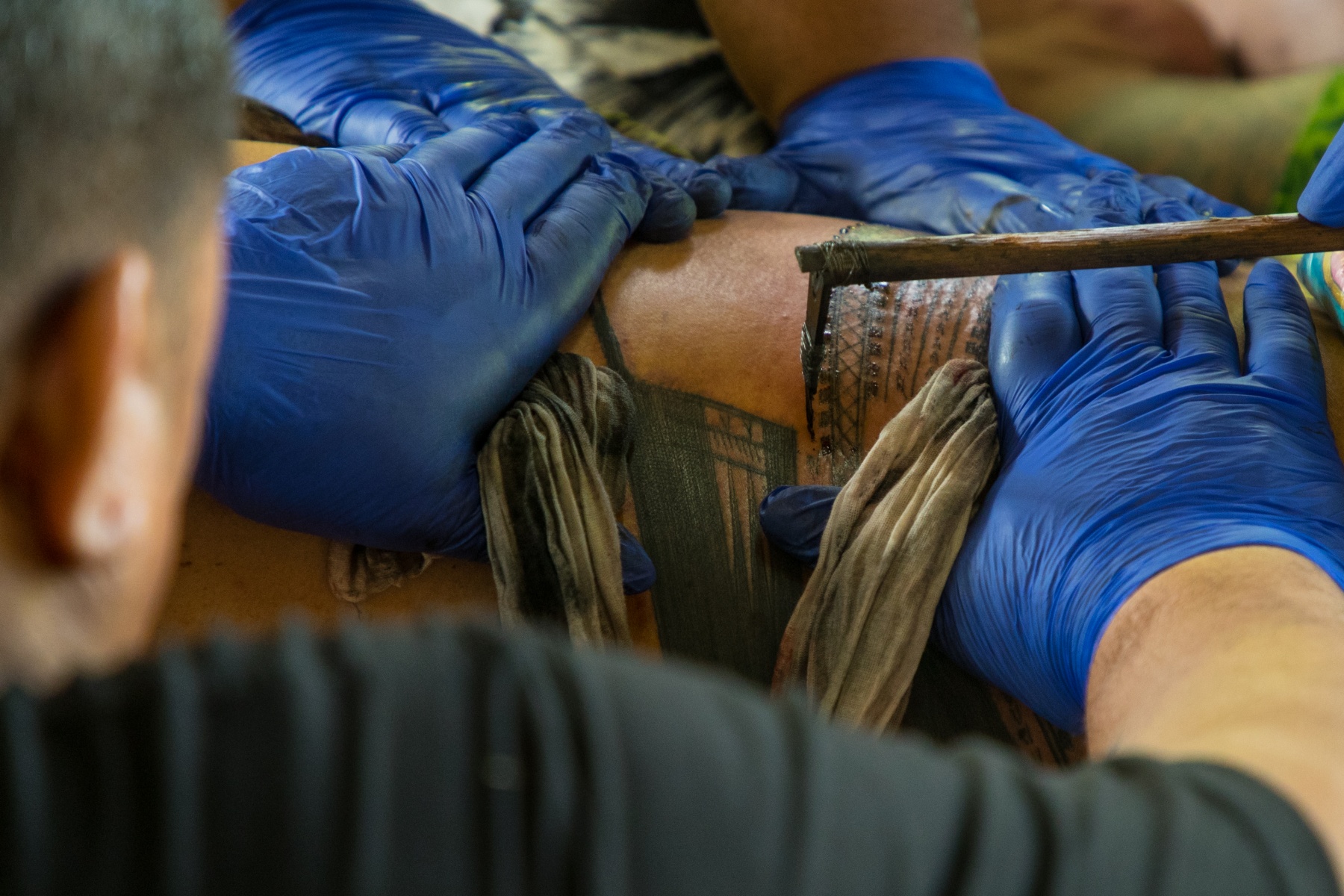
Tattooing represents a cultural and spiritual significance for Samoans. But unlike modern tattooing techniques, the process of getting a traditional waist-to-knee tattoo in Samoa or Tatau is long and extremely painful.
The tattoos are made using handmade tools such as bones, tusks, shark teeth, shells, and wood. It takes two weeks, with tattooed Samoan men earning high status afterwards.
In traditional Samoan society, feminine men are widely accepted and regarded as Fa’afafine. It’s the third gender in Samoa, reserved for those assigned male at birth to embody feminine and masculine traits.
In 2016, BBC News cited that around 1 to 5% of Samoans identified as fa’afafine. And according to SBS News, up to 3,000 lived in Samoa.
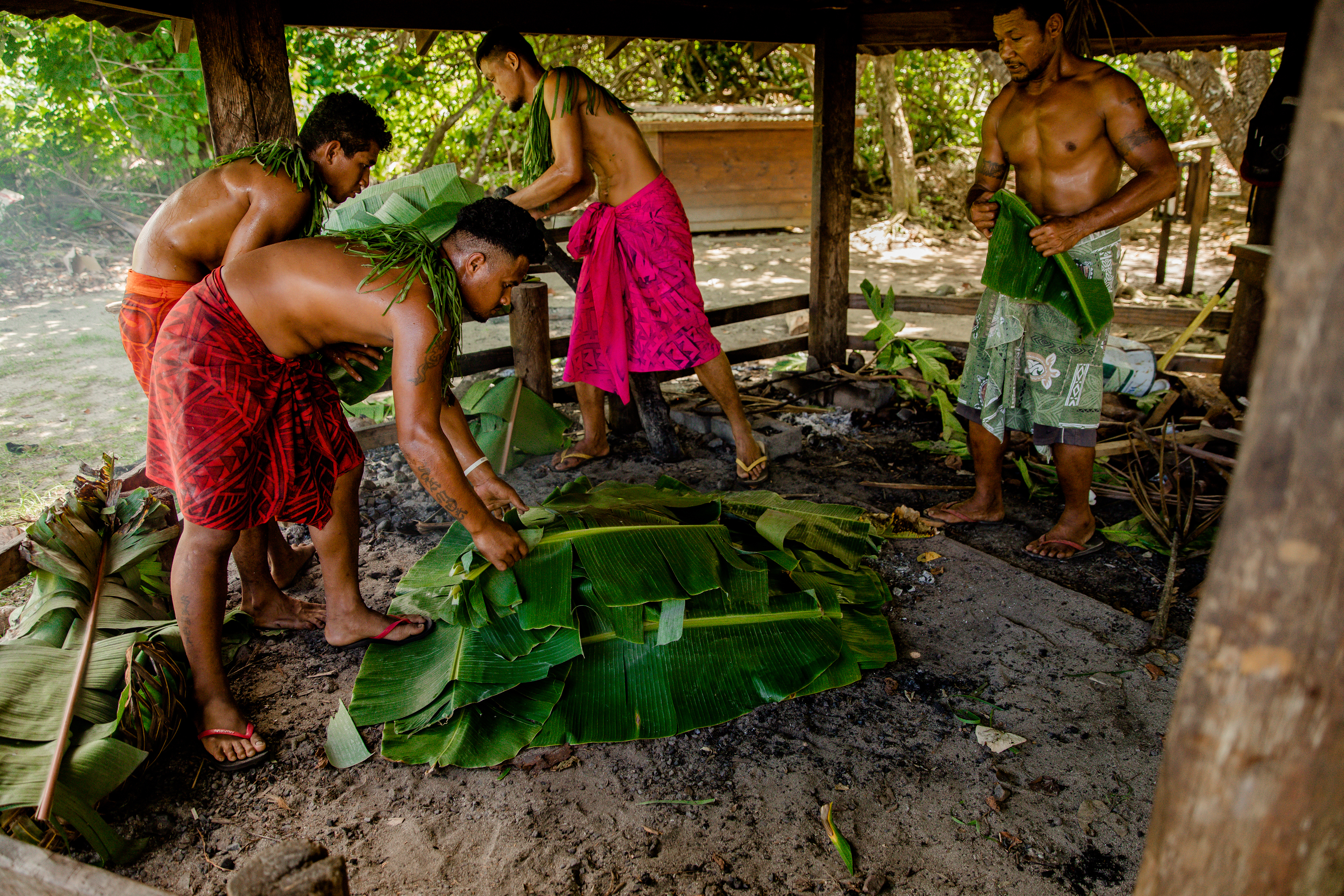.jpg)
Another thing that makes Samoan culture incredibly interesting is that they celebrate inclusivity and equality in their culture. Men are just as responsible for home cooking as women, especially during Sunday family feasts. Young men gather to prepare the ‘umu’, a traditional shallow oven heated using hot volcanic stones.

The village houses in Samoa are called fales, typically round or oval-shaped thatched huts without walls. The open design of these houses expresses the Samoan family’s open nature.
Additionally, fales have wooden pillars supporting them instead of nails. Samoans construct these houses with separate cookhouses and thatched roofs woven from dried sugar cane or palm leaves.
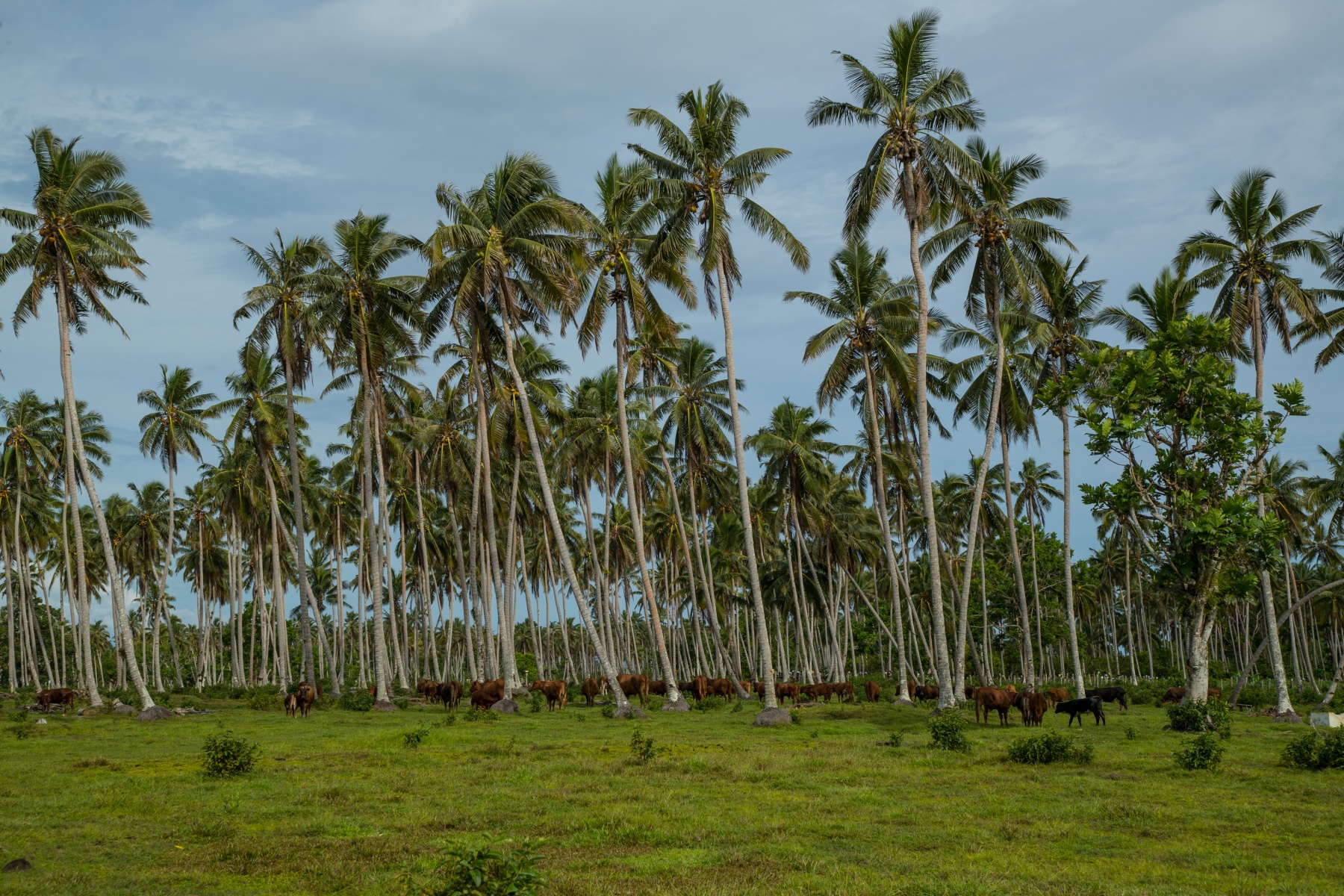
Taro and coconuts are among the most abundant crops in Samoa. Samoans get them from taro plantations and coconut groves lining most of the country’s coast.
But taro and coconuts aren’t the only ingredients that make local meals delectable. Natives also add other major crops like bananas, breadfruits, yams, cacao, pineapples, and mangoes to their sumptuous dishes.
In the 19th century, sailors and missionaries exploring Samoa introduced the game of cricket to Samoans. Over the years, the game became popularly known as Kilikiti.
The sport has the same rules as cricket. But unlike the latter, Kilikiti teams can have 10 to 20 players. Furthermore, all players must wear a lavalava. Batters utilise a pate, a bat made from hibiscus wood or a breadfruit tree. As for the ball, makers wrap it in latex fibre from the pulu vao or panama rubber tree.
During a game of Kilikiti, teams cheer their batters on through dance, song, and chants. Every team must beat their opponents with better cheers, making for lively matches. Fielders also get in on the fun, as they have a leader telling them to do funny acts.
Discover Samoa’s Vibrant and Diverse Culture
Samoa is brimming with exotic charm and beauty. But beyond its breathtaking beaches, this island paradise boasts a rich cultural heritage that locals have carefully preserved over the years, as these interesting facts about Samoa show us.
Thanks to its diverse and vibrant culture, there’s no shortage of things to do and scenery to admire in Samoa.
Don’t miss out on exploring the island paradise of Samoa while immersing in its local culture. Book holiday getaway packages or visit our website to learn more.
Last updated: December 12, 2023Some popular packages from Samoa Holiday Packages and Travel Deals
Subscribe now for your chance to win
a $500 Travel Voucher
Be the first to hear about our new Holiday Packages

